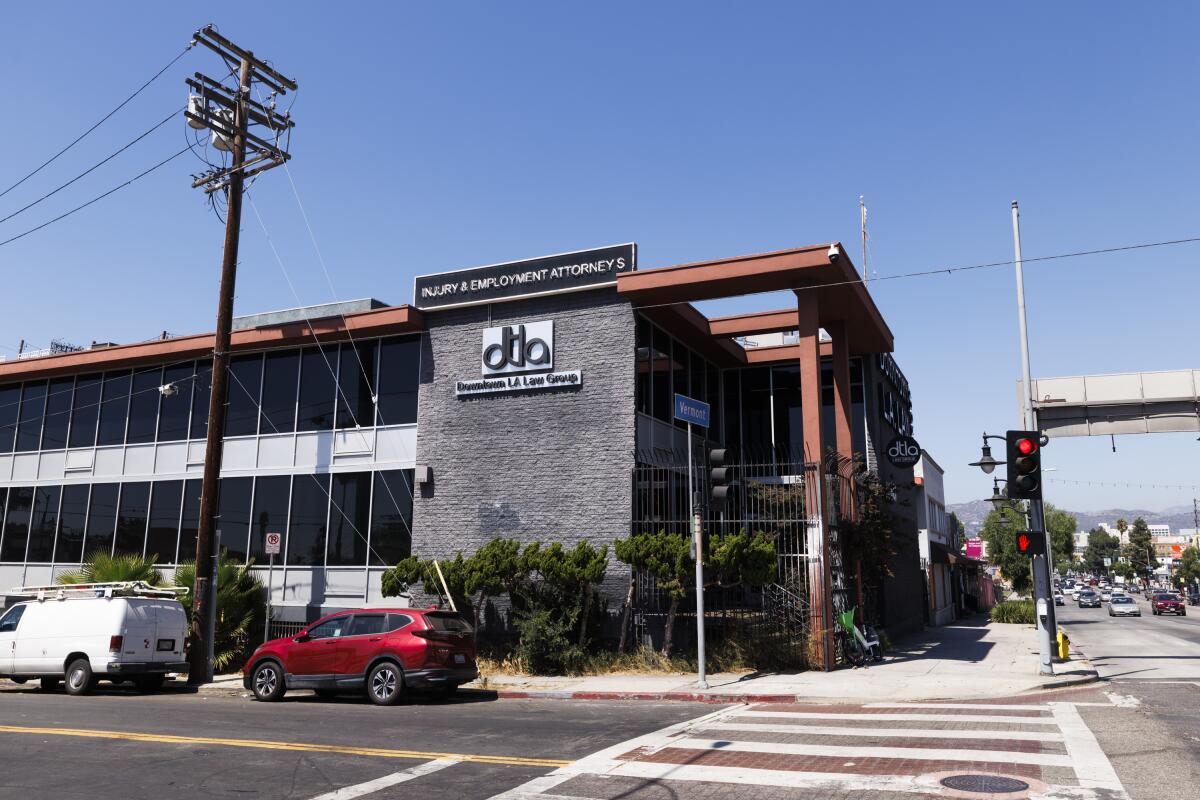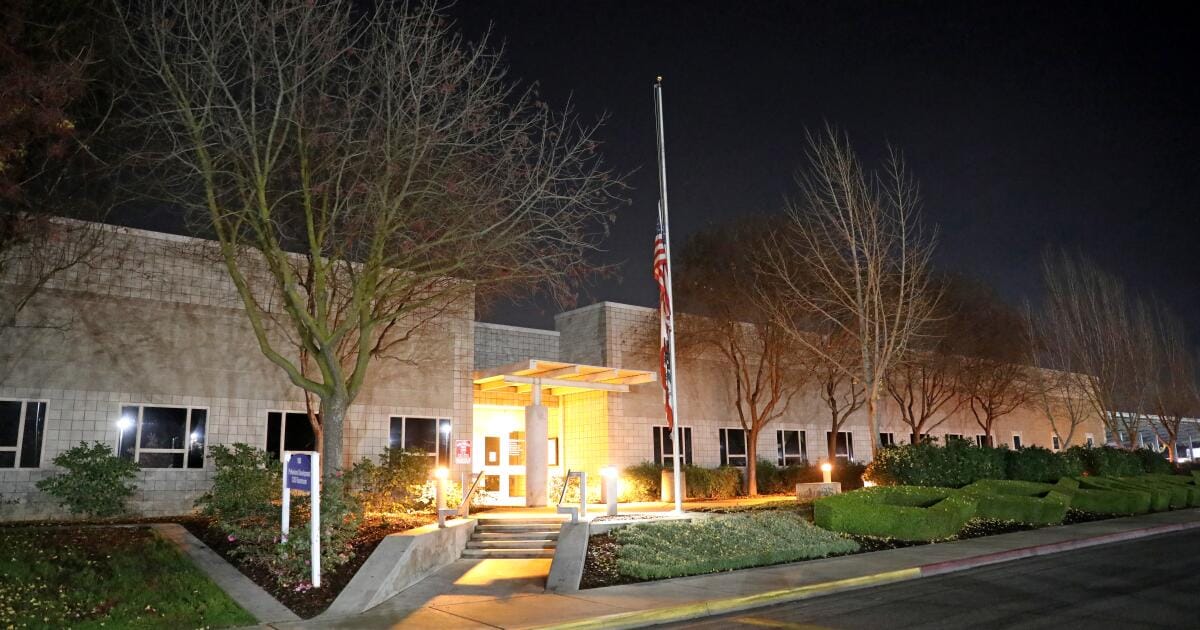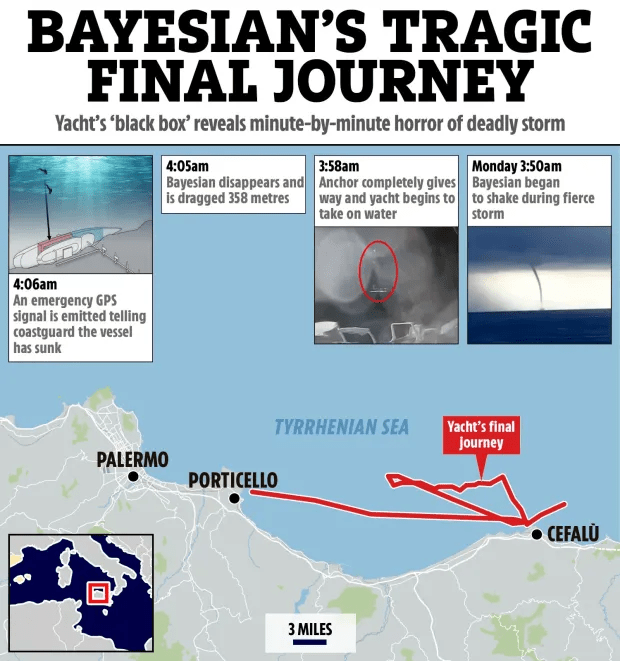Concerns loom as L.A. County finalizes $828-million sex abuse payout
L.A. County supervisors have unanimously approved an $828-million settlement for alleged victims of childhood sexual abuse, finalizing the deal while questions mount over the legitimacy of some claims in a separate multibillion-dollar payout that they agreed to this spring.
The settlement approved Tuesday brings the county’s spending on sex abuse litigation this year to nearly $5 billion, with the bulk of that total coming from a $4-billion deal made in April to resolve thousands of claims filed by people who said they were abused decades ago in county-run juvenile detention centers and foster homes.
The latest settlement involves similar claims brought by 414 clients of three law firms who opted to negotiate separately from the rest. The $4-billion settlement initially covered roughly 6,800 claims, but has ballooned to more than 11,000.
The larger settlement has come under scrutiny after The Times found nine people who said they were paid to sue. Four said they were told to fabricate the claims. All had lawsuits filed by Downtown LA Law Group, which represents more than 2,700 clients in the first settlement.
The firm has denied paying clients to sue and said it has “systems in place to help weed out false or exaggerated allegations.” The firm has asked the court to dismiss three claims on behalf of allegedly fraudulent plaintiffs this month.
Downtown LA Law Group will be required to detail any claims that came to it through recruiters, the county’s top attorney said Tuesday. The firm has denied any wrongdoing.
(Carlin Stiehl / Los Angeles Times)
The settlement approved Tuesday involves cases only from Arias Sanguinetti Wang & Team, Manly, Stewart & Finaldi, and Panish Shea Ravipudi and has no cases from DTLA. But the firm nevertheless took center stage Tuesday as the supervisors pressed their top attorney on how the lawsuits were vetted.
“What were we doing prior to this article?” said Supervisor Kathryn Barger, referencing The Times’ reporting from earlier this month.
The county was in a tough spot, county counsel Dawyn Harrison explained. Many plaintiff attorneys didn’t want the county interviewing their clients, she said. And a judge had temporarily paused the discovery process, providing the county little insight into the identities of the thousands of people suing.
Harrison said Tuesday that DTLA cases now will be required to go through a “completely new level of review” beyond the standard vetting that was already underway by retired Los Angeles County Superior Court Judge Louis Meisinger. In addition to having a new retired Superior Court judge vet all their cases, DTLA must provide the county with information on plaintiffs acquired through “a recruiter or vendor,” she said.
“DTLA is required to identify every recruiter it used, a list of each plaintiff brought in per recruiter, information about any funds that changed hands, and a declaration under oath by each recruiter identifying what was done, what was said, and any monies paid,” Harrison said.
It’s an unusual request.
California law bans a practice known as capping, in which non-attorneys directly solicit or procure clients to sign up for lawsuits with a law firm.
DTLA has denied knowledge of any of its clients receiving payments to sue and said the firm wants “justice for real victims” of sexual abuse.
“If we ever became aware that anyone associated with us, in any capacity, did such a thing, we would end our relationship with them immediately,” the firm said.
The rush of lawsuits was kicked off by a now-controversial bill known as AB 218, which changed the statute of limitations for victims of sexual abuse and created a new window to sue. The county, which is responsible for the safety of children inside juvenile carceral facilities and foster care, has seen more than 12,000 claims and counting since the law took effect in 2020.
The allegations of fraud that now hover over these cases was the fault of “an unmanageable law,” not the county’s vetting process, Harrison said.
“AB 218 erased those guardrails and allowed decades-old claims that no one can meaningfully vet,” she said.
The county’s lawyers and politicians have become increasingly loud critics of the law, which they say has left them facing a deluge of decades-old claims with no records. Supervisor Hilda Solis said she felt the county had become the “guinea pig” for the bill.
Joe Nicchitta, the county’s acting chief executive officer, estimated that anywhere between $1 billion to $2 billion in county taxpayer money from the settlements will go to attorneys.
“The law had some very noble intentions but it has been … and I’m just going to say what I think, hijacked by the plaintiff’s bar,” he said. “They do all of the vetting, they do all of the intake, they advertise extensively. They’re incentivized to bring as many cases as possible.”
Nicchitta said he’d heard rumors that venture capitalists were poking around Sacramento to find out “whether or not we have enough cash to pay for another settlement, so that they can finance a law firm to bring another round of settlements against us.”
“It’s clear to me the system is ruptured,” he said.
Courtney Thom, who was the lead attorney on cases from Manly, Stewart & Finaldi, said she believed the county was blaming the new state law for the failures of its own lawyers.
“To blame AB 218 and say that’s what enabled the fraud is just a pathetic attempt to deflect responsibility,” Thom said. “Our firm has been saying for two years we’re concerned about fraud.”
Mike Arias, who represents clients in the latest settlement as a partner with Arias Sanguinetti Wang & Team, said the three firms involved stopped adding clients more than a year ago.
“That’s a big distinction,” Arias said. “We said, at the time, the number of plaintiffs would not change. Ethically, my view was that’s who we represent and who we’re going to negotiate for.”
Arias said the allocation for the second settlement will be done by retired Orange County Superior Court Judge Gail Andler, who specializes in overseeing sexual abuse litigation. Potential payouts will range between $750,000 and $3.25 million, he said.
Victims say the money represents a sliver of justice for the abuse they say they suffered while confined in county custody — little of which has been criminally prosecuted.
One man, who is part of the settlement and asked not to be identified, said he has no idea what happened to the probation official who he alleges raped him at around 16 while he was asleep in his cell at Barry J. Nidorf Juvenile Hall, knocked out on sleep medication.
“I had no control in that place,” said the man, now 34. “My body hasn’t ever felt the same since.”
The county has launched an “AB 218 fraud hotline” where tipsters can report misconduct related to the flood of sex abuse claims.
(Rebecca Ellis / Los Angeles Times)
The county recently launched an “AB 218 fraud hotline” where tipsters can report misconduct related to the flood of claims. The county says it also plans to start a hotline for victims to safely report allegations of sex abuse in its facilities.
“It is illegal for anyone to file, pay for, or receive payments for making fake claims of childhood sexual abuse,” states a banner now running atop the county website with a hand doling out hundred-dollar bills.
The county also has launched a website that asks people to report if they were offered cash to sue, which law firms were involved, and whether they were coached, among other questions.
Supervisor Holly Mitchell, whose district includes the South Central social services office where seven people told The Times they were paid to sue, said she wanted to see the hotlines advertised as aggressively as the plaintiff attorneys advertised for their cases.
“You couldn’t turn on an urban radio station without hearing a commercial advertising these cases,” Mitchell said. “I certainly hope whatever we use, as we talk about our outreach, that we lean in as hard.”




















